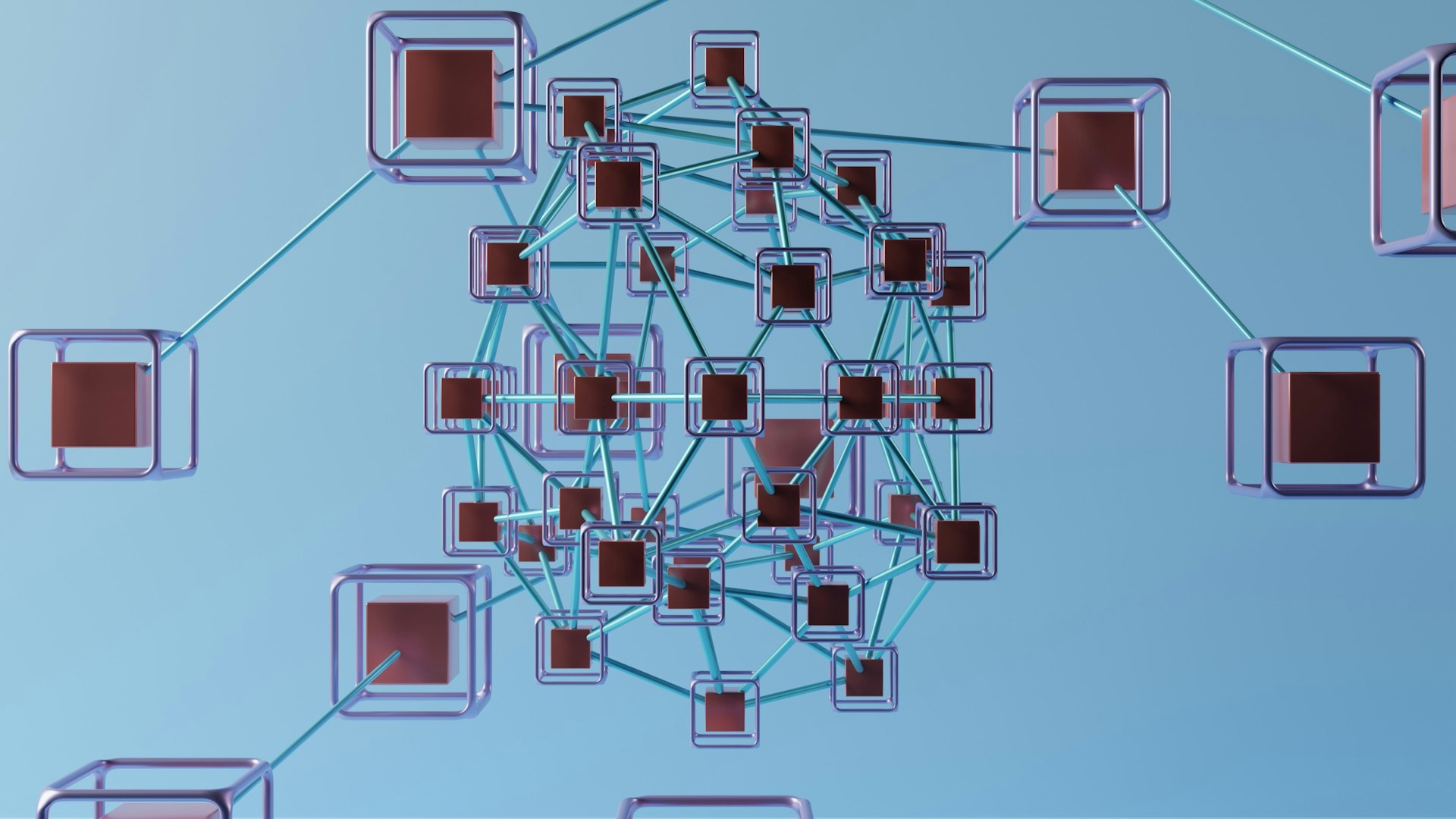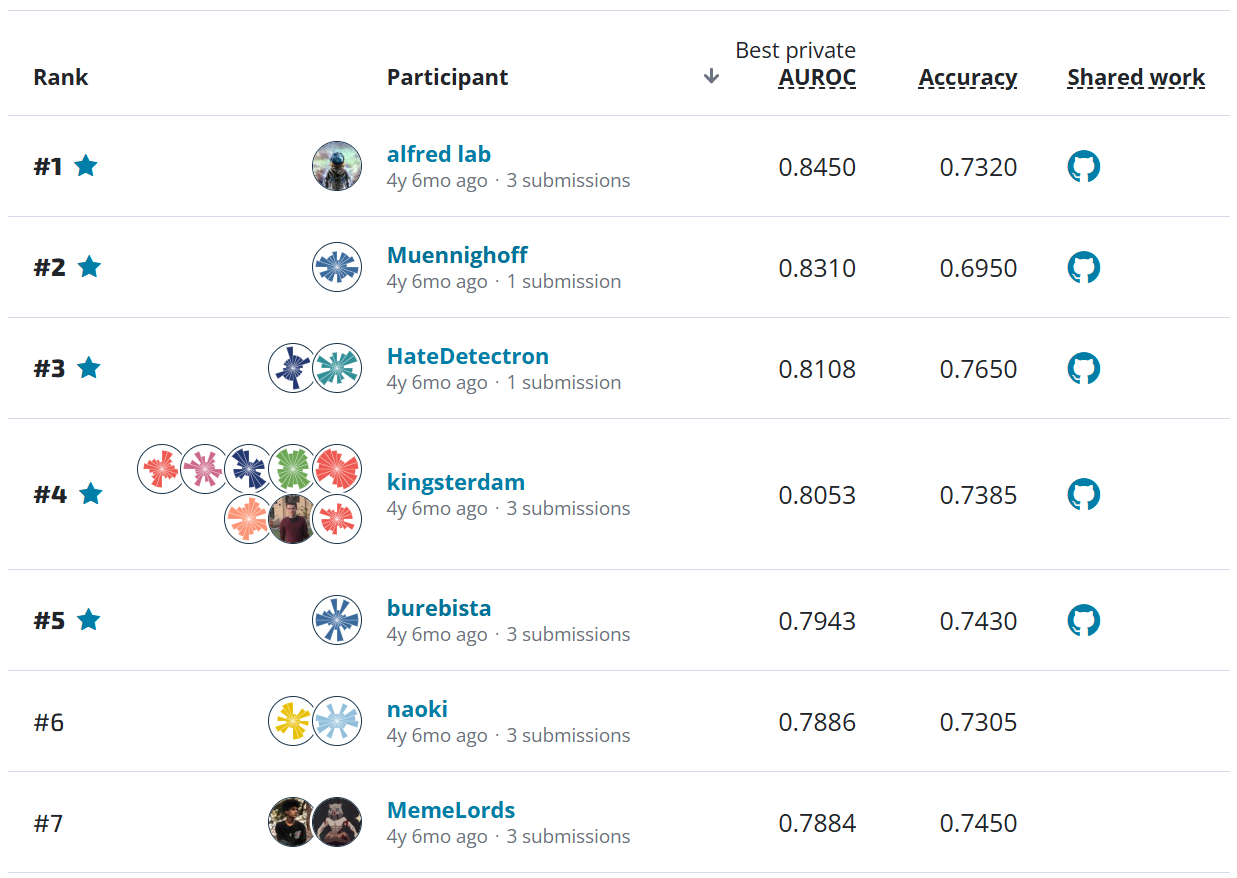
Benefits Data Trust (BDT), a Philadelphia based non-profit, recently announced that they were ceasing operations. No concrete explanation as to why has yet been made public. I was surprised to hear the news; in particular, because I believe BDT was uniquely poised to make the most of the AI transformation coming to the sector.
BDT connected hundreds of thousands of Americans to government benefits they were eligible for. Programs like SNAP and Medicaid have complex administrative rules that are difficult to understand and comply with, especially for those with limited time to navigate the system. By both building awareness through mailers and helping people one-on-one through their call centers, BDT ensured that vulnerable populations received these benefits.
You may think it makes sense that they are ceasing operations. Call centers and mailers are a previous generation of technology that are expensive to operate. Let the next generation of organizations using social media marketing, robocalling, and AI take up the mantle. This loses sight of how hard making those technologies work can be. The key ingredient in successfully building those tools? Data. Specifically, the data of what help others have needed in the past. We shouldn’t let BDT’s wealth of data and knowledge on constituents, benefits processes, common questions, and where a difference can be made fall by the wayside so new organizations must relearn these lessons—and worse than relearn the lessons, have to recreate twenty years of invaluable data on what works.
BDT was in fact a sector leader in their data and AI investments. They were one of the early organizations to have a data science team, and previous leaders of BDT have talked about how to build a data team in a social sector organization. As an example, I had a great conversation at Good Tech Fest this year with someone working to make FAFSA requirements understandable to first-generation college applicants. We talked about the potential for tools like LLMs to help navigate this complex bureaucracy. When we got down to doing some research, we saw that BDT had already built the tool.
One open question is what happens to the absolute treasure trove of data BDT potentially has at their disposal? Call center and chatbot logs of questions and responses are the kinds of data that AI builders are clamoring for. Especially when those conversations are tied to concrete outcomes. In market-based industries, the assets would be valued and likely sold to an entity that could use them. In a non-profit, what happens to these assets is less clear. It could end up the responsibility of the state attorney general, and I think we can feel relatively confident that finding the best home for the assets of a folding nonprofit is likely not a priority that would get the attention it deserves.
Finally, consider the BDT model for impact. Recently at a dinner for social sector data professionals, a colleague made the point: for most social sector organizations, government is the “exit.” That is, the best—and maybe only way—to scale a transformative intervention is to have it taken up as a government program. This is one of the key structural advantages of the BDT model. They were necessarily more effective than direct service organizations that deliver services for things like food security, healthcare, and education funding because the actual services were underwritten by the government. BDT ensured people could get these services. In fact, BDT reported $450 in benefits delivered for every $1 they spent.
I have no special knowledge about what happened at BDT. Maybe it was mismanagement, scandal, or just lack of funder interest. What I do know is that as a sector, we need to pay attention to the things happening at BDT that we desperately need more of: investment in data as an asset, leveraging AI for driving the efficiency of our missions, and focusing on the service gaps where we can multiply impact.
No matter what happened, we should be steadfast about supporting organizations like BDT to thrive in the sector. Losing their experience and their data impoverishes the AI tools that should be transformative.



















